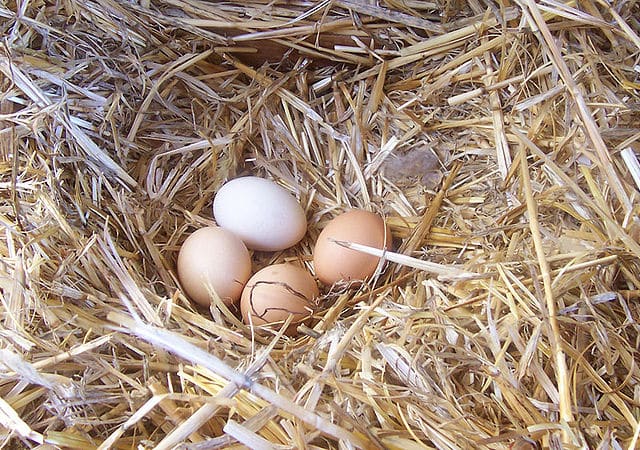

Researchers have made significant progress in unraveling a perplexing puzzle of evolution: the age-old question of which came first, the chicken or the egg. Hence, solving the chicken and egg riddle.
This enigmatic quandary has confounded scholars and young minds in classrooms. However, a recent scientific breakthrough suggests that the ancestors of contemporary birds and reptiles might have given birth to live offspring.
In the context of evolution, the ancestors of chickens, who were distant relatives of dinosaurs, were already laying eggs millions of years before the emergence of the first chickens.
However, an intriguing research endeavor has revealed that the ancient reptilian predecessors of chickens, dating back millions of years before the existence of dinosaurs, might not have laid eggs as previously believed.
A research team from the School of Earth Sciences at the University of Bristol conducted a comprehensive study involving 51 fossil species and 29 currently existing species. The objective was to classify these species as either oviparous (those that lay hard or soft-shelled eggs) or viviparous (those that give birth to live offspring).
In collaboration with Nanjing University, researchers from the University of Bristol propose a fascinating perspective.
While the hard-shelled egg has long been regarded as one of the most remarkable evolutionary advancements, this study suggests that these particular animals achieved the ultimate protection by employing a different strategy called extended embryo retention.
This approach involves the mother retaining the developing young within her body for an extended period, offering them enhanced safety and security.
Professor Michael Benton, a distinguished academic from the University of Bristol, has shared valuable insights regarding the early stages of evolution. He explains that these ancient creatures displayed a predominantly amphibious lifestyle before the emergence of amniotes, which were the first tetrapods to develop limbs from fin-like structures.
These early tetrapods were required to inhabit aquatic environments or their immediate vicinity to fulfill their nutritional needs and engage in reproductive activities. This lifestyle mirrors modern amphibians, such as frogs and salamanders, who rely on water for sustenance and breeding.
Which came first, the chicken or the egg? pic.twitter.com/IW4L1qiNDk
— Sketching Science (@sketchscience) March 9, 2023
Professor Benton’s observations shed light on the fascinating evolutionary pathways followed by these remarkable organisms.
He said, “When the amniotes came on the scene 320 million years ago, they were able to break away from the water by evolving waterproof skin and other ways to control water loss.
“But the amniotic egg was the key.
“It was said to be a ‘private pond’ in which the developing reptile was protected from drying out in the warm climates and enabled the amniota to move away from the waterside and dominate terrestrial ecosystems.”
Professor Michael Benton further emphasized the transformative nature of their research, stating that their findings and those of numerous other scientists have rendered the traditional notion of the “reptile egg” outdated and inaccurate. This outdated model, once a textbook staple, is now regarded as obsolete and discarded.
Leading the project, Professor Baoyu Jiang also weighed in on the matter, stating that the established perspective has faced significant challenges.
Biologists have observed that many lizards and snakes exhibit remarkable flexibility in their reproductive strategies, encompassing both oviparity (egg-laying) and viviparity (live birth).
